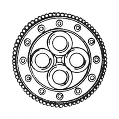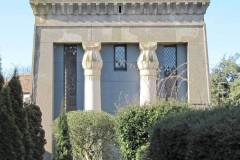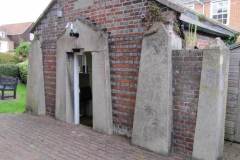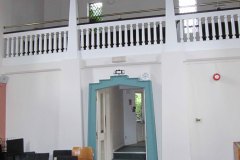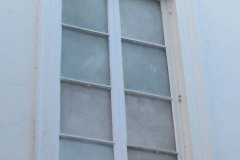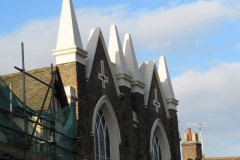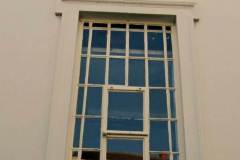Description
An architectural interest in ancient Egyptian forms (obelisk, pyramid, etc) and motifs (lotus and palm capitals) arose in part from reports of Napoleon’s conquest of Egypt and Admiral Nelson’s defeat of Napoleon at the Battle of the Nile in 1798. This interest grew during the first half of the 19th century, and persisted for several decades.
‘Egyptian’ has proved problematic in terms of whether it is a Style or a Feature (we’ve listed it in both) and because it can be found in an odd range of local buildings – synagogue, Methodist church and two theatres. Examples include the features mentioned above, and splayed windows (wider at the bottom) , all harking back to ancient Egypt. (Some writers have seen the splayed windows as a Greek rather than Eyptian influence – see Cantacuzino (1970) in the main bibliography.)
Local examples
